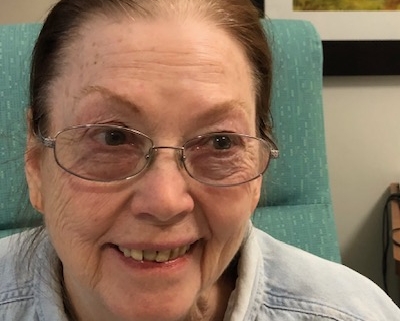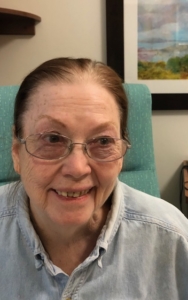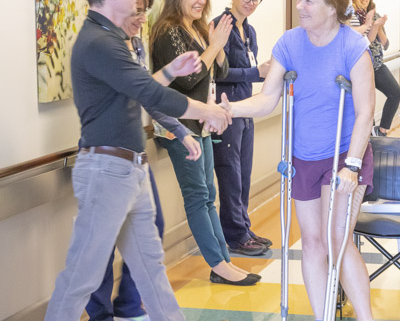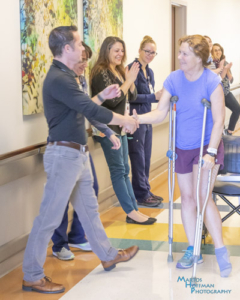Annella Carter was a fairly active person before suffering a series of strokes. Annella suffered three basilar artery strokes, which are blockages in the basilar artery system. The basilar artery delivers oxygen-rich blood to some of the most important areas of the brain. This type of stroke can be particularly devastating.
Annella, however, is not one to back down. After her third stroke, Annella came to the Rehabilitation Hospital of Northern Arizona to regain her independence. Annella chose RHNA at the recommendation of her nurses at Flagstaff Medical Center.
“Everyone was so nice,” she recalls of the staff at RHNA. “The physical therapists were very good in helping me get better.”
There was no shortage of motivation for Annella to get better. “My husband and I have many things we need to do,” she said, “I want to be able to move freely again, and to go swimming.”
Annella is well on her way back to independence. She defines success as “being happy” and offers this advice to others recovering from a stroke: “Don’t give up! Fight! Life is too precious!”





